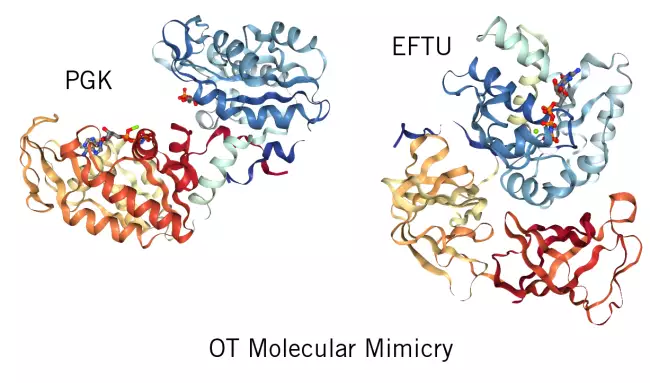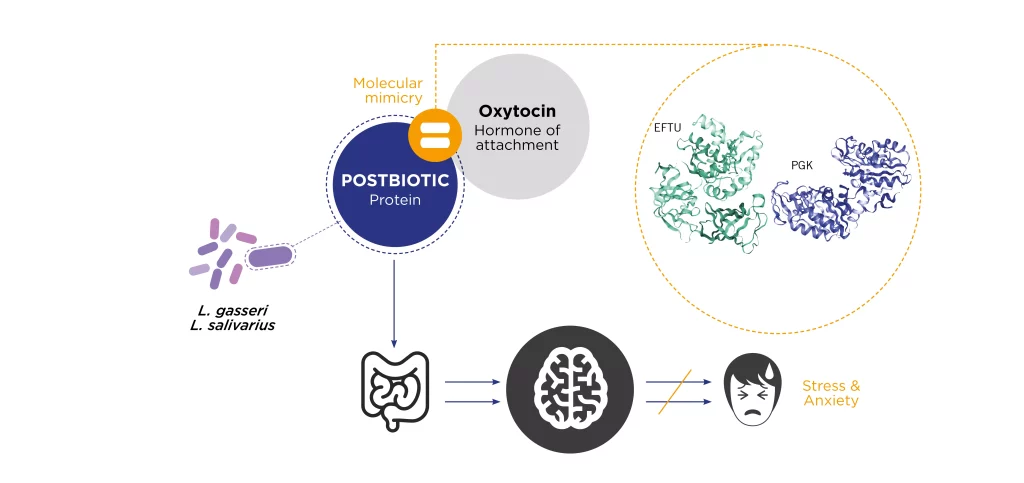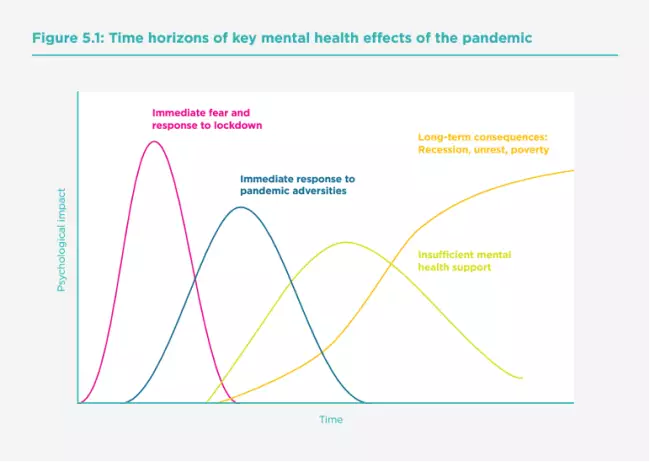Stress & Anxiety
with the combination of two
PreciBiomic strain
Mechanism of action Oxytocin like molecular mimicry
1. The role of Oxytocin in mental well-being
Oxytocin is a neuropeptide produced mainly in the hypothalamus and involved in a variety of physiological functions1,2.
In the brain, oxytocin modulates stress, emotion, mood, social and feeding behavior and displays anti-stress, anxiolytic, pro-social, analgesic, and anti-depressive effects3,4,5. It is often called the « good mood hormone » or « love hormone ».
The biological action of oxytocin is mediated by a single type of OT receptor (OT-R) belonging to the G-protein coupled receptors6.
Based on various beneficial oxytocin functions, it is actively researched as an attractive pharmacological target, for instance for the treatment of major depression (ex. via intranasal spray delivery)7. Oxytocin appears promising for treatments concerning other psychopathologies such as autism and schizophrenia, Prader-Willi syndrome, or helping to quit smoking.
2. Lee, H.-J., et al., Oxytocin: The great facilitator of life. Prog Neurobiol, 2009. 88(2): p. 127-151
.3. Grinevich, V. and I.D. Neumann, Brain oxytocin: how puzzle stones from animal studies translate into psychiatry. Mol Psychiatry, 2020: p. 1-15.
4. Gordon, I., et al., Oxytocin and social motivation. Developmental Cognitive Neuroscience, 2011.1(4): p.471-493.
5. Matsushita, H., et al., Oxytocin and Stress: Neural Mechanisms, Stress-Related Disorders, and Therapeutic Approaches. Neuroscience, 2019. 417: p. 1-10.
6. Gimpl, G., et al., Oxytocin receptors: ligand binding, signalling and cholesterol dependence, in Progress in Brain Research, I.D. Neumann and R. Landgraf, Editors. 2008, Elsevier. p. 193-204.
7. Leng, G. and M. Ludwig, Intranasal Oxytocin: Myths and Delusions. Biological Psychiatry, 2016. 79(3): p. 243-250. 8. De Cagna, F., et al., The Role of Intranasal Oxytocin in Anxiety and Depressive Disorders: A Systematic Review of Randomized Controlled Trials. Clin Psychopharmacol Neurosci, 2019. 17(1): p. 1-11.
2. Molecular mimicry of Oxytocin by PreciBiomic strains

TargEDys’ discovery: the molecular mimicry of oxytocin by a synergy of two PreciBiomic strains.
L. gasseri and L. salivarius produce the two most effective peptides (EFTU and PGK) able to activate the OT-R expressed in the gut.
Thanks to this molecular mimicry, the proteins delivered by the strains connect to the oxytocin receptors.
The activation of the OT-R has been confirmed through preclinical study, validating the concept.
Unpublished data
3. Mechanism of action: The molecular mimicry of oxytocin by two PreciBiomic strains
PreciBiomic strains (L. gasseri and L. salivarius) produce the oxytocin mimetic proteins able to bind to OT-R. This activation of the OT-R is thought to reduce stress and anxiety, a hypothesis which was then tested in vivo.

Pre-clinical evidence
In vivo tests to get scientific evidence

The mechanism of action has been validated in vivo through different stress and anxiety models used in supplemented mice compared to controls.
These models are commonly used in pharmacological laboratories to study the action of anxiolytic and anti-depression drugs. All antidepression and anxiolytic evaluation tests have shown a positive effect of the treatment on mice behavior.
Contact-us to see the detail of the preclinical studies, not published yet.
The potential of oxytocin mimicry to face stress & anxiety
1. Stress & Anxiety context
According to the World Health Organization (WHO), depression is one of the leading causes of disability in the world.
25% of people
suffering from
depression
have access to
effective
treatment
(WHO, 2018)
workdays are linked
to stress
(European Agency for Safety
& Health at Work, 2019)
(IPSOS France, 2020)
Chronic stress leads to numerous health problems: digestive problems, depression, nutritional deficiencies, cardiovascular risks etc.
According to the last World Happiness Report (WHO, 2021), “Mental health has been one of the casualties both of the pandemic and the resulting lockdowns”. In the first year of the COVID-19 pandemic, global prevalence of anxiety and depression increased by a massive 25% worldwide.

World Happiness Report (WHO 2021)
2. Main applications




